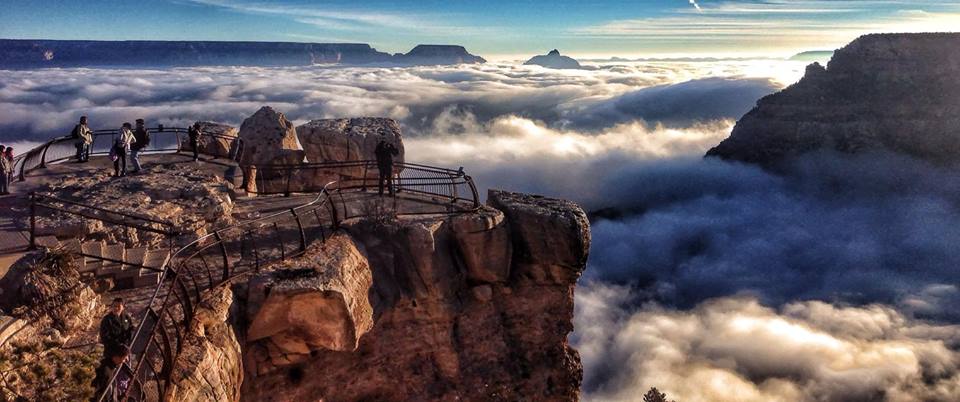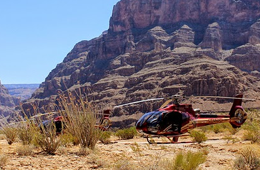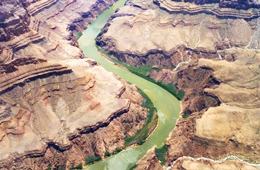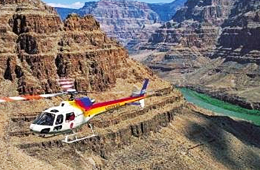Grand Canyon Photography – The Ultimate Photo Hot Spot & Instruction Guide for Visitors

In observing Grand Canyon photography, you will quickly discover that the national park offers many opportunities to capture images of iconic landscapes, rare wildlife, captivating waterfalls, and mesmerizing sunsets. By a simple venture into a visitor’s center outlining the national park, you will discover a plethora of breathtaking images highlighting the various locations throughout the Grand Canyon. While it is true that there are millions of images capturing the essence of the Grand Canyon and surrounding locations, there is nothing quite like catching these images through your own Grand Canyon pictures. In this photo hot spot guide for visitors, you will be provided with the best places to take pictures of the grand canyon and all that this national park has to offer.
Locations
Once you arrive at the Grand Canyon and take a look around, you are quick to realize why most of the designated viewpoints are considered to be the optimal locations for viewing the park – especially the overlooks. These are uniquely positioned points that provide the best views of the canyon. If you have an interest in Grand Canyon photography, these are also considered to be the best locations for taking pictures. The South Rim, for example, provides a multi-directional view. If you want to capture the best West images, you should opt for the East Rim. If you would like to capture an image of the sun rising over the canyon, the best locations are the Powell Memorial, the North Rim, and Lipan. For amazing sunset shots, the Hopi and Yavapai are the ideal hot spots.
Utilize Graduated Neutral-Density Filters
In order to obtain the best Grand Canyon photography images, it is essential to understand that the canyon is equivalent to the inverse landscape of a mountain. As the day progresses and the sun starts to descend, less light illuminates the amazing landscapes of the natural park. In order to capture the best images in the low-lighting setting, you should ensure that you utilize a graduated neutral-density filter on your camera. This will allow you to capture Grand Canyon pictures that allow more exposure to the shadows that are cast on the various surfaces and landscapes of the canyon as the sun moves across the sky. Unfortunately, many individuals fail to capture some of the best images of the park at prime times of the day – just before the sun rises and immediately after it sets – due to the low-lighting levels. By taking advantage of this contrast-controlling technique, you are sure to capture amazing imagery on your visit.
Isolated Images
The final tip when it comes to Grand Canyon photography is to ensure that you capture isolated images. That is, pictures of locations that are rarely invaded by the millions of tourists that visit the national park each year. According to those that have a lot of experience taking Grand Canyon pictures, the North Rim, West Rim Drive, and Yaki are the most ideal locations for isolation. Additionally, most of the overlooks that are highly populated may have areas within close proximity with little to no tourist traffic. In most instances, if you venture off about 200-250 yards from these overlooks, you will find that you have the ability to capture images of the park without the complication of visitors stumbling in the path of the perfect shot.
Conclusion
Grand Canyon photography is more than just capturing images of the wildlife and the imagery of this highly popular national park. It is a journey into the natural world. It is an experience that allows you to become one with nature. It is an opportunity that allows you to capture scenery, landscapes, and wildlife up close and personal. By learning the best places to take pictures of the grand canyon, using a contrast-controlling device, and focusing on points of isolation, you are sure to capture mesmerizing images that truly capture the pure and natural essence of the Grand Canyon.



